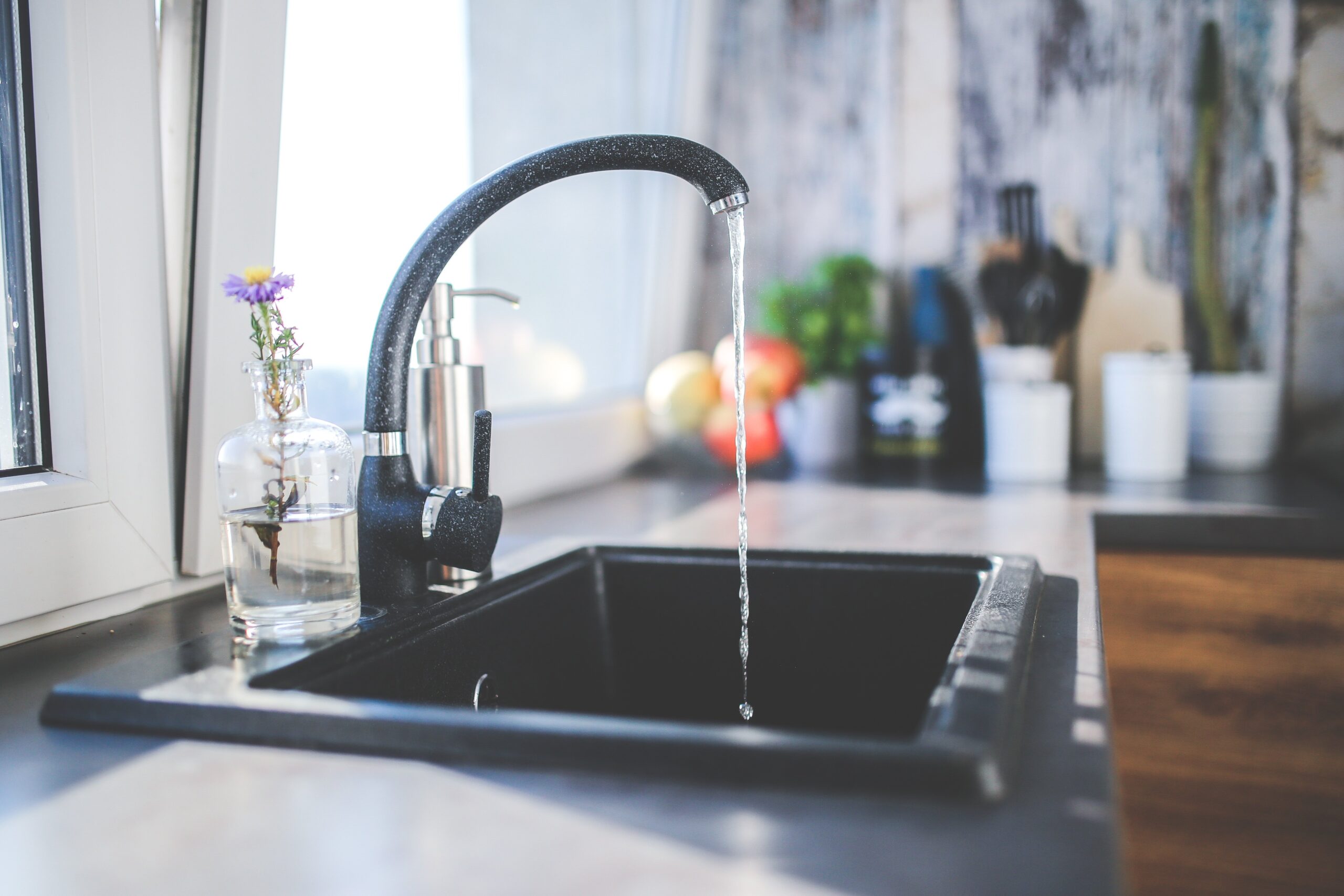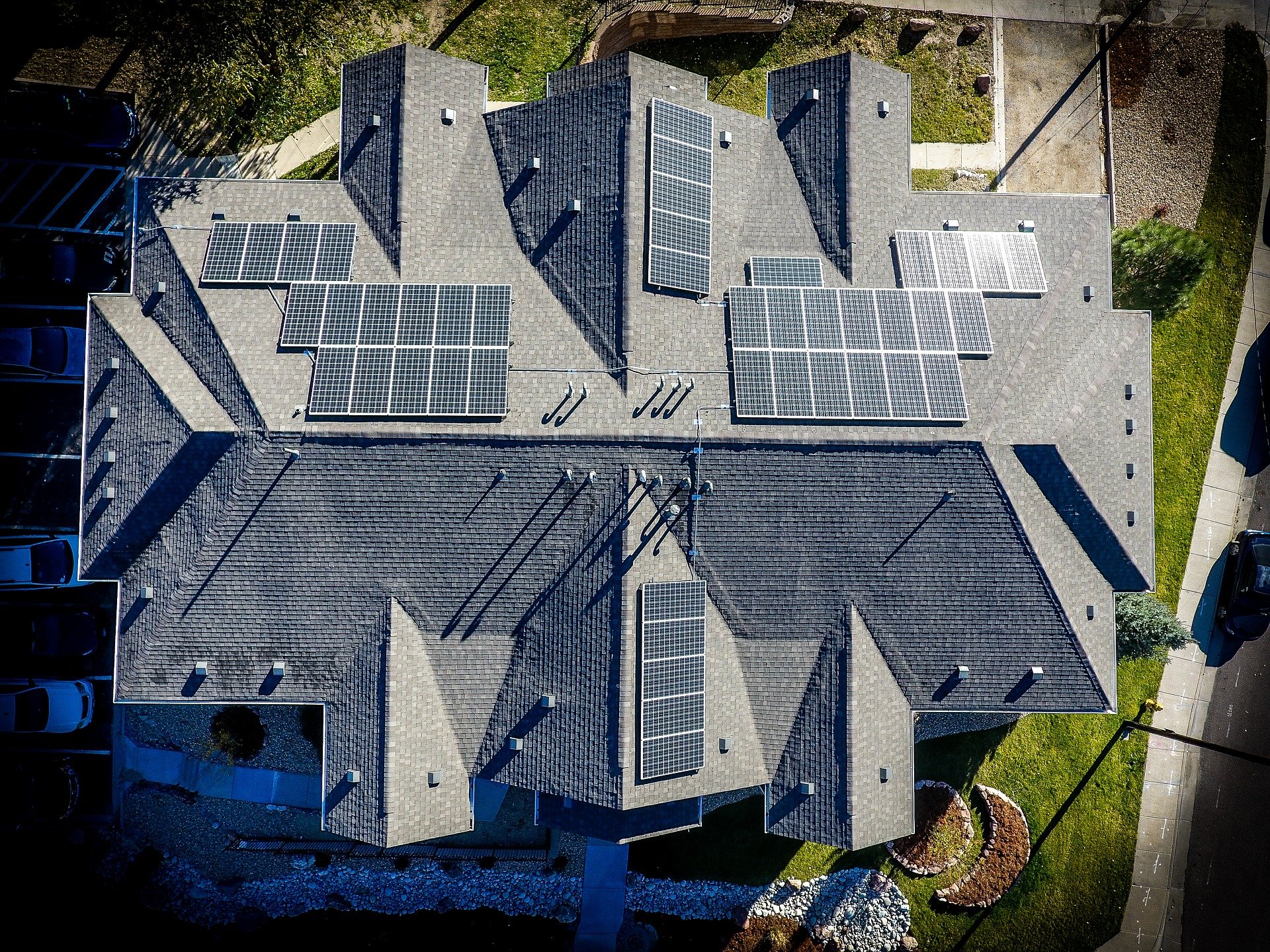If your property isn’t equipped with submeters, you might be wondering how to fairly charge your residents for utilities. RUBS uses the property’s shared utility expenses to calculate resident charges using a predetermined formula.
What Does RUBS Stand For?
RUBS stands for ratio utility billing system and is the fairest way to bill residents for utilities when submeters aren’t installed at your property.
RUBS uses the actual property’s expense to fairly allocate charges to residents most commonly for utilities like water, sewer, and trash. In some cases, RUBS is also used to bill natural gas and electricity, when residents don’t set up those utilities in their name with the respective utility providers. Utility expenses can be allocated to residents based on a few factors, including the number of occupants in the apartment, square footage, and the number of bedrooms or bathrooms.
What Are the Benefits of Using RUBS?
Although submetering is the ideal system for resident billing, RUBS saves you the cost of installing submeters. As a result, there are multiple benefits to using RUBS.
Fair cost allocation: Residents will feel confident in paying their utilities when RUBS is used. Because of the factors taken into account, RUBS is one of the fairest ways to bill residents for their utilities.
Reduced operating costs: Property owners can ensure that they aren’t under or overcharging residents for utilities. Because resident charges are calculated based on the actual utility expense from the provider, you can maximize recovery on your utility costs. Properties won’t have to absorb costs when there is an increase in utility expenses.
Conserved utilities: A study by the National Apartment Association and the National MultiHousing Council found that properties that use RUBS consume 6–39% less water than properties that embed utilities in the rent. This shows that residents are more likely to conserve resources when their utility charges are based on RUBS.
Cost-effective implementation: When compared to installing submeters, using RUBS is nearly instantaneous. Once the right lease language is put into place, residents can be billed based on RUBS. No additional equipment needs to be installed, making RUBS a more affordable alternative.
How Are RUBS Charges Calculate?
Number of Occupants
One way to calculate RUBS charges is to allocate the utility expense based on the number of occupants in each apartment. This method assumes the more people that live in an apartment, will consume more than those with fewer occupants. This method is commonly used to calculate resident charges for utilities like water and sewer. The number of occupants method is great because it provides an easy metric to measure by.
A similar RUBS method used is known as factored occupants. When billing based on factored occupants, each additional occupant after the first, is assigned a multiplier. The idea behind factored occupancy is that an apartment with two residents doesn’t use double the amount of water as an apartment with one resident, because of shared usage like washing clothes or running the dishwasher.
Square Footage of Apartment
Another popular method to calculate RUBS charges is to bill based on the square footage of the apartment. Since larger apartments will cost more to heat or cool, it makes sense that those apartments should be billed more. This method is typically used when billing a commodity that is used to heat or cool the apartment (like gas or electric).
Combination (50/50)
The combination method (also referred to as 50/50) takes into account both the number of occupants and the square footage of the apartment when calculating resident charges.
This method of billing is often used when calculating charges for utilities where consumption is driven based on both the size of space and the number of occupants, for example, electricity.
Other Factors
No matter what method you choose to use, there are some additional factors that can make the allocation of utility costs even more accurate. Any factor that could increase utility usage for a particular apartment should be considered. Common factors include apartments with the following amenities:
- Washing machine or dryer
- Fireplace
- Gas ranges
It can feel difficult to calculate the impact of these extra factors, which is why Conservice will evaluate your community, its utility usage, and amenities and make custom resident billing recommendations that fit your needs.
Conservice’s industry leading legal team can also help you navigate local laws and regulations related to RUBS, ensuring that your resident billing practices adhere to these guidelines.
Implementing RUBS at your property is a great way to fairly calculate resident charges for their utility consumption and recoup costs associated with shared utility usage. No matter what RUBS method you chose, you’ll see reduced operating costs and conserved utilities.
To learn more about how RUBS can increase your NOI, contact us today.
Don’t want to use RUBS for your resident bill-back? That’s okay! Let us help you decide on a better billing method. Download our free eBook, “Bill-Back Better: A Condensed Guide to Resident Billing Methods”, today.






